Are you curious about how many milliliters are in a liter and how to calculate different ml to liters and have fun doing simple maths? Check out the below-detailed post, which shares all the information and insights into converting them, and never get confused when you see such measurements on a water bottle, milk, etc.
Check out some more conversions on the blog that can be highly useful in your day-to-day calculations.
Suggested
- how many tablespoons in ½ cup
- how many tablespoons in ¼ cup
- how many milliliters is a tablespoon
- how many teaspoons in an ounce
- how many milligrams in a gram
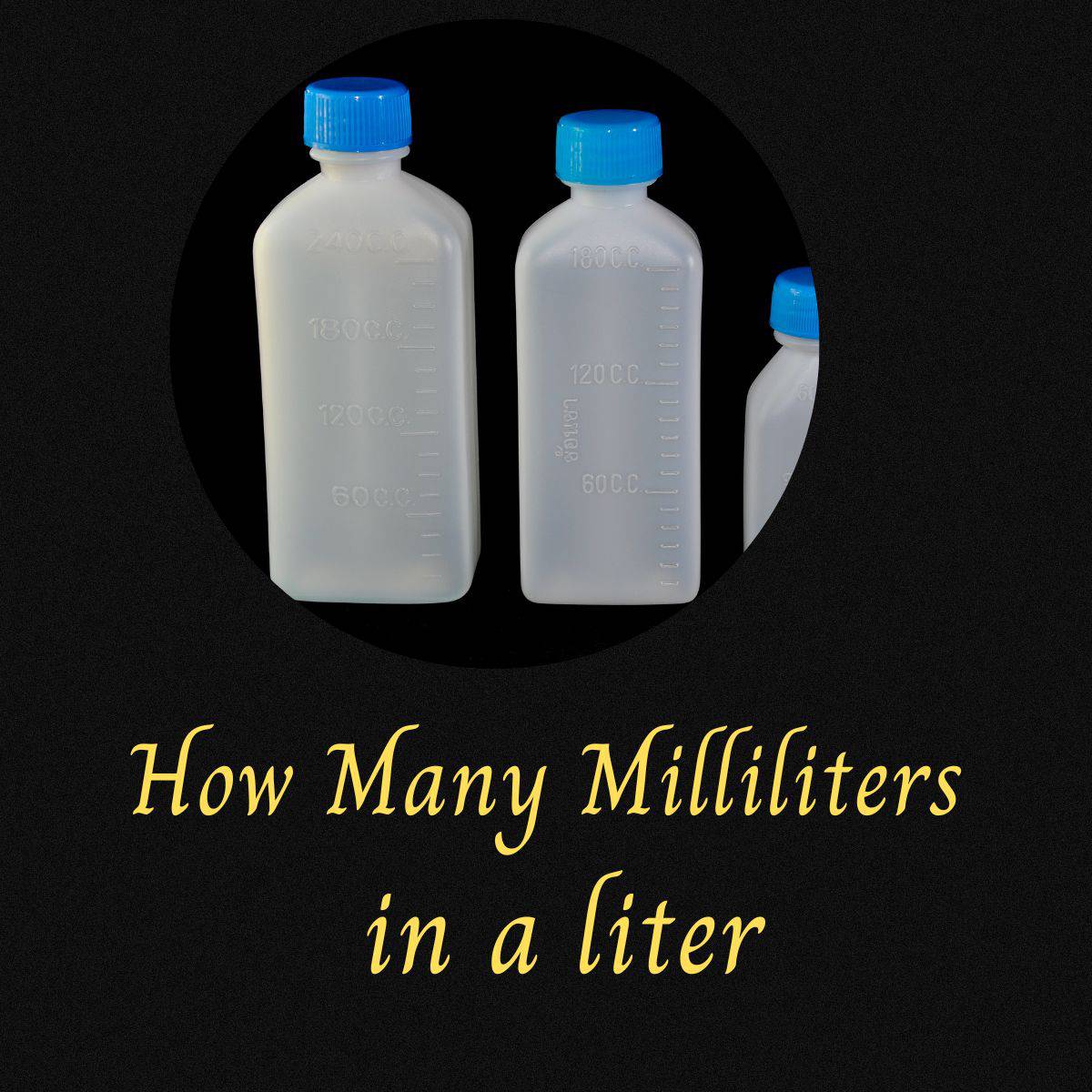
Jump to:
What is a liter?
A liter is a larger unit of measurement to measure the volume and uses an abbreviation L or l to denote it.
The liter is a unit to measure large volume units in the metric system.
A liter often denotes larger capacities such as water bottles, milk packaging, juice packaging, etc.
For example, a 5-liter bottle is displayed as 5 L on the packaging.
What is a milliliter?
To measure small amounts of volume, we use milliliters. The unit is milliliter and denoted by ml or mL.
Milliliters is a unit commonly used to measure volume in the metric system and is widely a small volume unit.
In American English, ml is spelled as milliliter, and L is spelled as liter, whereas in other countries, such as British English, they spell it as milliltre and litre.
If you look at a small medicine bottle or small juice pack, you can see it has milliliters represented on it along with fluid ounces.
What difference is between milliliters and liters?
Milliliters is a volume measurement for small capacities in the metric systems, whereas liter is a large volume measurement for larger capacities.
Capacity is the amount a container can hold; milliliters hold small volumes, and liters have larger ones.
Simply put, a liquid capacity is measured by liters or milliliters depending on their larger or smaller capacities.
Where do we see milliliters and liters?
Daily, we see these representations on many foods or drink packages in grocery stores.
In the United States, we generally come across fluid ounces, gallons, etc., but when you look at the packaging, you can also see that they mention “ml or l values” beside a fluid ounce or a gallon.
In some instances, such as soda bottles, detergents, liquid soaps, etc., we can see that they mention them in liters or milliliters.
There are many instances where we come across these conversions in day-to-day activities, such as while we do grocery shopping, etc.
If you live in a country other than the US, such as the UK, or India, we can see that every volume measurement is done in milliliters(millilitres or litres).
The reason for such a display of measurements is that such countries follow the metric system; in this system, milliliters and liters are a unit for measuring volume.
Foods such as milk, juice, and water are displayed in ml or liters.
In these metric countries, gasoline is measured in milliliters or liters, unlike in the US, where it is measured in gallons.
In the US, if you ever come across milliliter(ml) or liter(L), the details in this post will help you a lot in converting them.
How many milliliters in 1 liter?
1 liter equals 1000 milliliters, which is the standard volume measurement in the metric system.
The simple answer to how many milliliters are in 1 liter is 1000 mL.
If you want to know how much an ml can be, a drop of water equals an ml.
Thousand such drops of water collected make a liter.
If you buy a water bottle, it shows volume in ounces and ml, and 1000 milliliters make a liter.
1 L = 1000 mL
A milliliter is equal to one thousand of a liter; that is,
1 ml = 1/1000 L or 0.001 L
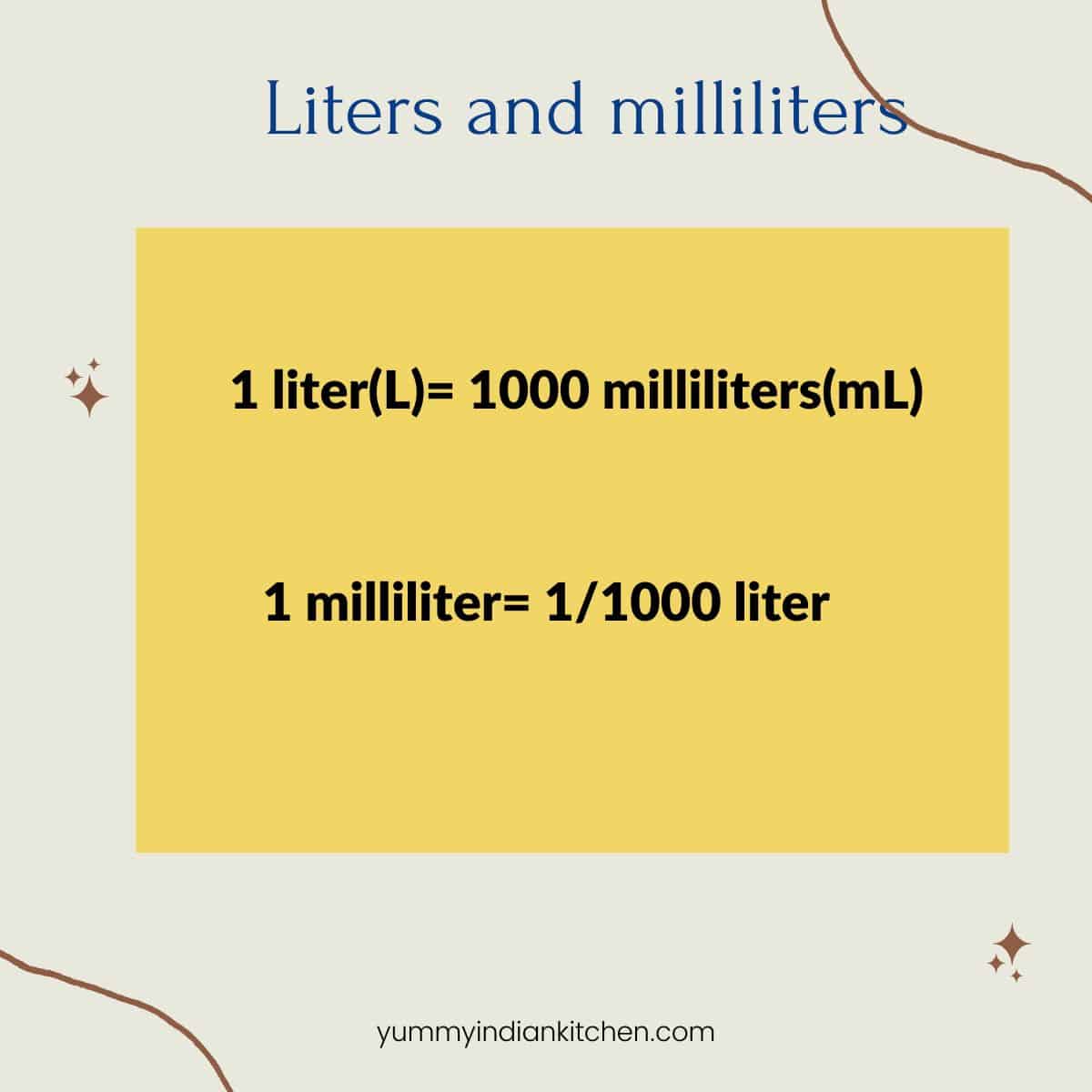
Formula to convert liters to milliliters (mL to L)
We know 1 L = 1000 mL
Liters often are mentioned in various ways, such as 0.02 liter, ¼ L, ½ L, or 0.5 L, and many more ways. Multiplying any liter value by 1000 gives us the results in milliliters.
Formula:
mL = L * 1000
For example,
- How many ml in 1.75 liters?
Using the formula, we get,
1.75 * 1000 = 1750 mL
- Another example,
How many ml in 2 liters?
2 * 1000 = 2000 mL
- One more example is to convert ¼ L to mL.
¼ * 1000 = 250 mL
- Convert 0.5 L to mL.
0.5 * 1000 = 500 mL
Let us see values and conversions that are common in daily life
¼ L = 250 mL
½ L or 0.5L = 500 mL
¾ L = 750 mL
1 L = 1000 mL
1.25 L = 1250 mL
1.5 L = 1500 mL
1.75 L = 1750 mL
2 L = 2000 mL
Table to convert liters to milliliters
| Liters (L) | Milliliters(mL) | Liters (L) | Milliliters(mL) |
| 0.001 L | 1 mL | 2.75 L | 2750 mL |
| 0.005 L | 5 mL | 3 L | 3000 mL |
| 0.01 L | 10 mL | 3.25 L | 3250 mL |
| 0.05 L | 50 mL | 3.5 L | 3500 mL |
| 0.1 L | 100 mL | 3.75 L | 3750 mL |
| 0.25 L or ¼ L | 250 mL | 4 L | 4000 mL |
| 0.5 L or ½ L | 500 mL | 4.25 L | 4250 mL |
| 0.75 L | 750 mL | 4.5 L | 4500 mL |
| 1 L | 1000 mL | 4.75 L | 4750 mL |
| 1.25 L | 1250 mL | 5 L | 5000 mL |
| 1.5 L | 1500 mL | 6 L | 6000 mL |
| 1.75 L | 1750 mL | 7 L | 7000 mL |
| 2 L | 2000 mL | 8 L | 8000 mL |
| 2.25 L | 2250 mL | 9 L | 9000 mL |
| 2.5 L | 2500 mL | 10 L | 10000 mL |
Convert any Liter to mL value by multiplying with 1000. Move the value three places to the right to get the results without using a calculator.
For example, to convert 0.25 L to mL, moving three places to the right, we get 250 mL without using any calculating gadget.
How many water bottles in 1 liter?
If you are using a 1-liter bottle, it contains 1000 mL, and only one single bottle of 1 liter.
Let us look at some more examples of how to divide a 1-liter bottle into various small bottles(in mL):
- If you have water bottles of 200 mL each, how many 200 mL water bottles are in 1 liter?
There will be five(5) water bottles, each containing 200 ml of water.
2. If each water bottle is 250 mL, how many 250 mL bottles are in 1 liter?
There will be 4 water bottles of 250 mL each.
3. How to divide 500 ml water bottles if you have 1 liter in total?
You must divide them into 2 water bottles, each containing 500 ml.
Thus, we can divide any large volume capacity into small liquid capacities per requirement.
How many liters is 250 ml?
To convert 250 ml to liters, divide 250 by a thousand; that is,
250/1000 = 0.25 L.
How many liters in a milliliter?
We have discussed the above conversions from liters to milliliters. Now, we will deal with milliliters to liters in a straightforward way.
1 milliliter equals 0.001 liter.
Formula to convert mL to L (mL to L)
L = ml/1000
Or
L = mL * 0.001
Examples:
- Convert 100 ml to liters.
100 mL / 1000 = 0.1 L
- Convert 500 mL to liters.
500 mL / 1000 = 0.5 L
- Convert 750 mL to liters.
750 mL / 1000 = 0.75 L
Table to convert milliliters to liters
| Milliliters (mL) | Liters (L) | Milliliters (mL) | Liters (L) |
| 1 milliliter | 0.001 liters | 500 milliliters | 0.5 L |
| 5 milliliters | 0.005 liters | 750 milliliters | 0.75 L |
| 10 milliliters | 0.10 liters | 1000 milliliters | 1 L |
| 20 milliliters | 0.20 liters | 1250 milliliters | 1.25 L |
| 100 milliliters | 0.1 L | 1500 milliliters | 1.5 L |
| 200 milliliters | 0.2 L | 1750 milliliters | 1.75 L |
| 250 milliliters | 0.25 L | 2000 milliliters | 2 L |
To convert any milliliter to liter, divide the mL value by 1000. Move the value three places to the left to get the results without using a calculator.
For example, to convert 60 mL to L, moving three places to the left, we get 0.06 L and don’t even need a calculator.
Frequently asked questions
1 liter = 1000 mL.
2 liters = 2000 mL.
333 mL is 0.333 L.
500 ml equals 0.5 L.
750 ml equals 0.75 L.
Conclusion
To convert a larger volume to a smaller unit of volume, that is, liters to milliliters(L to mL), multiply the liter value by 1000.
To convert a smaller volume to a larger unit of volume, milliliters to liters(mL to L), divide the mL by 1000.
Remembering the above tips helps make easy calculations, and one can easily convert any metric volume unit.

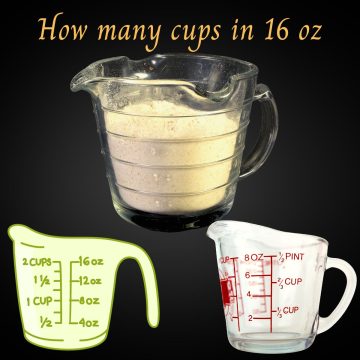

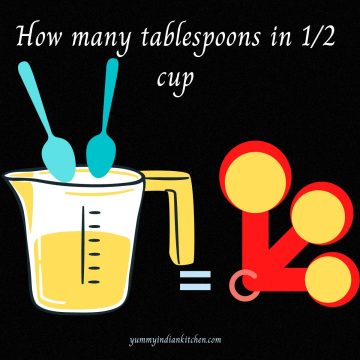
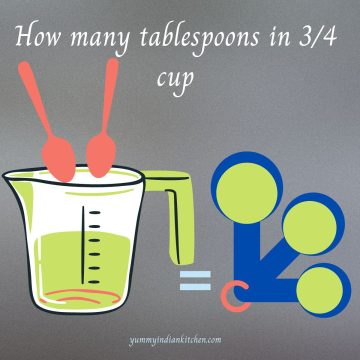
Leave a Reply